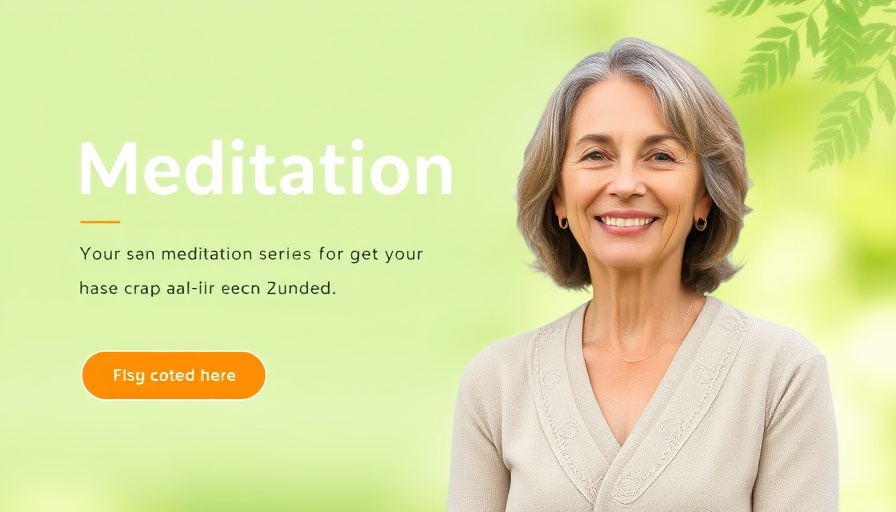
Understanding the Meditation Spectrum
Have you ever paused to consider why there are so many different types of meditation? Just like the word "sport," which encompasses everything from soccer to swimming, the term “meditation” covers a vast array of practices, each with unique approaches and goals. This might feel overwhelming, especially for those just starting their meditation journey. Yet, the beauty lies in the common principles that unite these various techniques. Meditation teacher Toby Sola elucidates how all meditation practices share the core goals of enhancing clarity, balance, and concentration.
Diverse Techniques for a Unified Purpose
The variations in meditation techniques can be captivating and perplexing. In Toby Sola’s guided practice, he introduces three distinctly different meditation methods: noting and labeling, nurture positive, and mindfulness of nothingness. While these techniques differ in execution, they aim to cultivate awareness, mental clarity, and emotional strength. So, if you’ve wondered about the contradictions within meditation practices, think of it as a rich buffet offering diverse options to suit different personal tastes and needs.
An Introduction to Noting and Labeling
The first meditation technique Sola presents is “noting and labeling.” This practice helps in developing concentration by directing your attention to sensory experiences happening around you—whether it be sounds, sensations, or even feelings. The idea is to take a moment to anchor yourself in the present by simply acknowledging what is. A great entry point for beginners, this technique is straightforward: if your mind wanders, you gently redirect your focus back to what you are experiencing.
Positive Energy with Nurture Positive
Next up is the “nurture positive” technique. Unlike the first method, which involves passive observation, this practice emphasizes positivity. It encourages you to intentionally cultivate uplifting thoughts and feelings, creating a scenario where you can nurture a mindset of gratitude, joy, or hope. This active engagement can be particularly beneficial when coping with stress or anxiety, as it utilizes the power of positive thinking to elevate your mood.
The Liberation of Mindfulness of Nothingness
The final technique is perhaps the most liberating: the practice of mindfulness of nothingness. Rather than fixating on any specific object or thought, you learn to let go of intentional focus, allowing your mind to remain loose and unattached. This practice embodies a sense of freedom—allowing thoughts to come and go without judgment or attachment. For many, this may feel like uncharted territory, yet it is incredibly valuable in encouraging mental flexibility and a deeper understanding of the nature of thought itself.
Why Experimenting with Different Techniques Matters
With the plethora of meditation practices available, it’s important to experiment and find what resonates most with you. Different techniques can provide various benefits, from enhancing concentration to fostering emotional resilience. As Toby Sola's practice illustrates, just like in sports, where people gravitate towards different activities based on preference, meditation can be tailored to fit individual lifestyles and needs.
Tips for Getting Started
For those looking to begin or deepen their practice, here are a few actionable insights:
- Start small: Even a few minutes of meditation can yield significant benefits.
- Be patient: Regular practice is key, and results may take time.
- Explore different techniques: Don’t hesitate to mix and match practices to discover what feels right.
Embracing the Journey Ahead
No matter your experience level, embracing meditation is a personal journey that brings growth and insight. Each session can deepen your understanding of yourself, connect you to the present, and provide a respite from daily stresses. As you explore these three techniques, remember that meditation is not a destination but rather a path towards enhanced well-being.
Are you ready to take your meditation practice further? Dive into these techniques today and discover a fresh way to nurture your mind and spirit!
 Add Row
Add Row  Add
Add 




Write A Comment